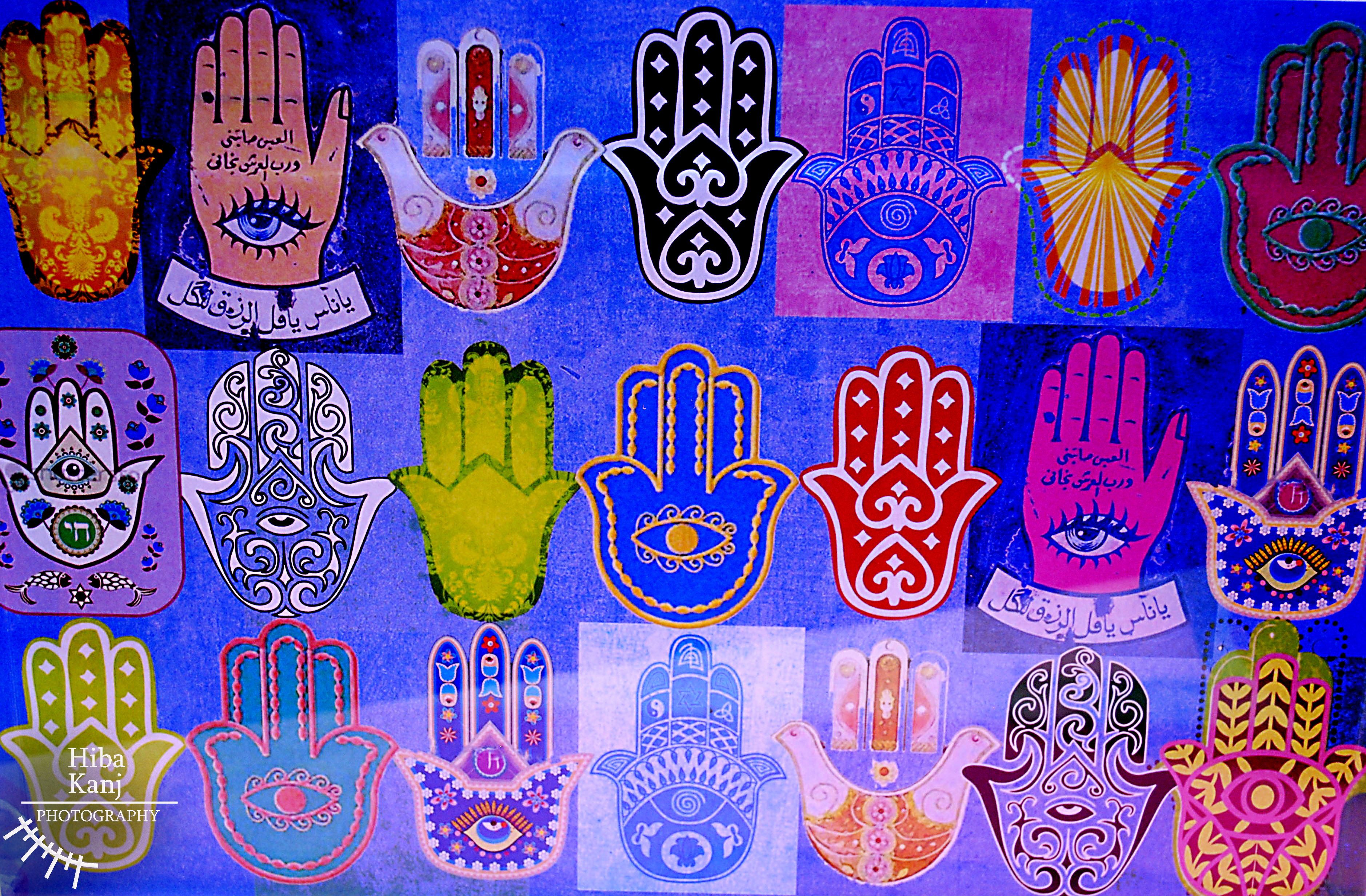In today’s world, we are engulfed by symbols that hold significant meaning, and some that are connected to beliefs and traditions that date back to thousands of years. The Hamsa, better known as “the hand,” serves as a universal symbol among many religions and cultures.
It wasn’t until I was in Turkey last summer and a man approached me and said, “Ah, you are wearing the Hand of Fatima (the daughter of the Islamic prophet Muhammad),” that I came to the realization that the Hamsa holds not only a significant meaning in Judaism, but for other religions as well. This encounter piqued my interest into the origin of the Hamsa and drove me to further investigate the significance it holds to various other religions and cultures.
The Hamsa, known in Judaism as the Hand of Miriam and in Islamic societies as the Hand of Fatima, serves as an ancient talismanic symbol of protection and of averting the “Evil Eye.” In various cultures it is known to provide a “protecting hand” or the “Hand of G-d.” In fact, the Hamsa hand has been known in both Judaism and Islam as a divine protection against misfortune.
My curiosity and eminent desire to delve deeper into the significance of the Hamsa led me to survey various individuals about their knowledge on the universal characteristic of the Hamsa and the significance it holds to them individually. Upon gathering my data and analyzing my results, what I found was surprising. Out of the 52 UCLA students I surveyed, 82 percent previously knew that the Hamsa is universal among various religions. When asking what they associated the Hamsa with, 68 percent said protection, 30 percent said spirituality, and 2 percent answered other. All but one of the students self-identified as either Jewish or Muslim.
Another question I proposed in the survey was, “What does the Hamsa mean to you?” One individual I surveyed shared his connection to the Hamsa by referencing his North African heritage. “The Hamsa is very prevalent in my life, since I am both Moroccan and Jewish,” he said. “I feel like the Hamsa is emphasized more than it would typically be in Judaism because most North African culture in general contains a lot of superstition, such as ‘warding off the Evil Eye,’ but overall I do see the Hamsa as a universal religious symbol.”
Another student I surveyed shared that while growing up, the Hamsa was always incorporated in her life. “As a Muslim Persian, what the Hamsa symbolizes to me is good luck and protection against the bad,” she said. “In my home, we have a Hamsa hung up on the wall by our front door and I wear one as a necklace daily.” The results of the survey proved to me that the Hamsa is still relevant in our generation and holds a unique universal significance among various regions and cultures.
The first known origin of the Hamsa traces back to Phoenician civilization, which then later spread across the Mediterranean between 1550-330 B.C.E. The Hamsa was manifested to ward off the “Evil Eye,” which is known to be one of the most ancient conceptions of human fear.
The Hamsa then became adopted by the ancient Sephardic Jewish community of the Iberian Peninsula. They refer to the Hamsa as the Hand of Miriam (the sister of Moses) and link it to the number five, which is chamesh (or ḥameš) in Hebrew and would thus seem to share etymological roots with the word Hamsa (Ḥamsa). In Judaism, the significance of the five fingers of the Hamsa is linked to the five books of the Torah.
In Islam, the Hamsa is referred to the Hand of Fatima and draws upon the Arabic word khamsah, which means five, a number which itself is associated with fighting the Evil Eye. In addition, the number five hints at the five pillars of Islam (faith, fasting, pilgrimage, prayer, and charity).
Although many individuals wear the Hamsa as a means of spirituality, many people wear it simply as a fashion statement. Many people hold no religious affinity towards the Hamsa but wear it because it is a popular trend in today’s modern society.
Today the Hamsa serves as a significant symbol in both Middle Eastern and Western cultures. The talisman can be found incorporated into jewelry, key chains, and decorative wall hangings. However, more importantly, the Hamsa serves as a mechanism to bridge the gap between these entities; it has transcended into a symbol of peace in the Middle East. Many people wear the Hamsa to demonstrate unity and a common origin and tradition shared by their religions and cultures. The Hamsa is no longer just an object, but rather a propelling force of hope and peace in today’s modern world.


Hi Rachel, I wanted to know what the sources were for the origin of the hamsa. I too have been doing a lot of research on it and have had a hard time finding a credible source. If you could provide any that would be really appreciated!